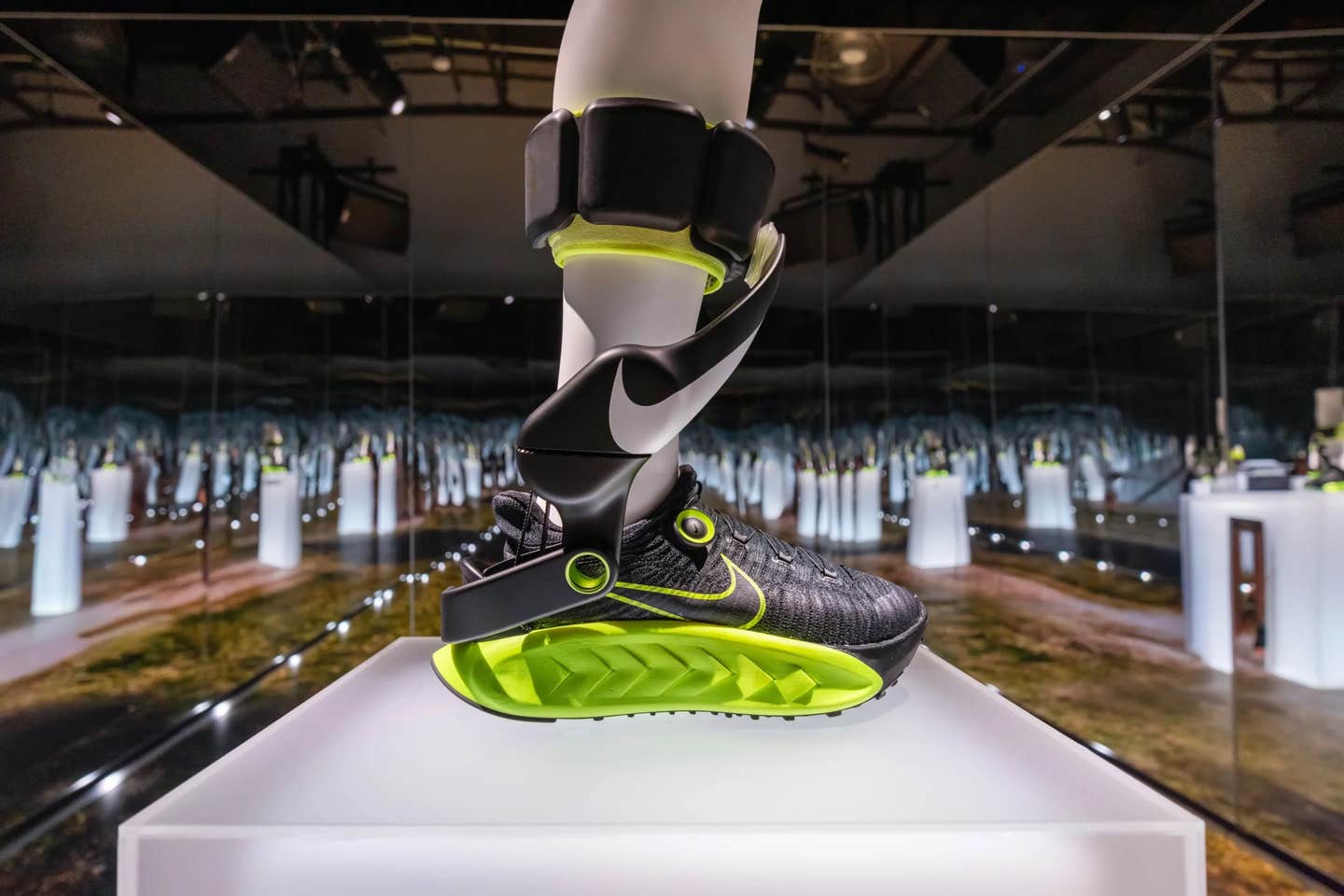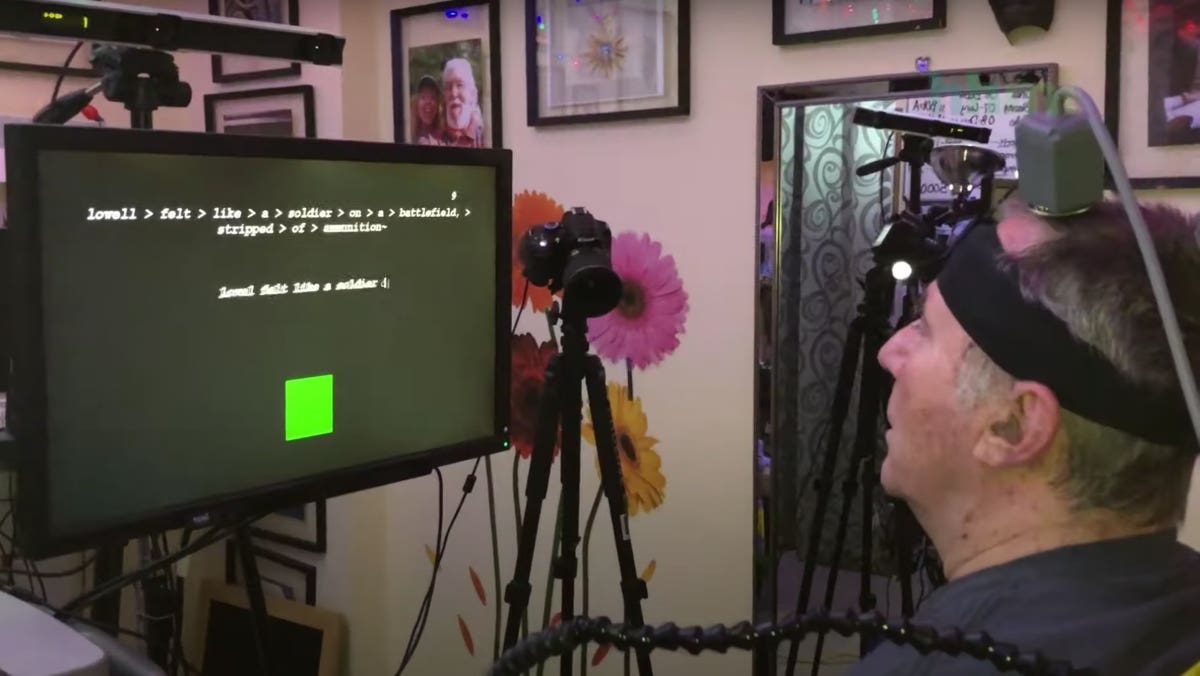Long-lasting nano biosensor offers continuous real-time body monitoring
Stanford researchers unveil SENSBIT, a gut-inspired blood sensor that lasts 7 days in rats and could transform how we monitor drugs and disease.

Stanford scientists create a week-long blood sensor that tracks drugs in real time, offering a new way to monitor health continuously. (CREDIT: CC BY-SA 4.0)
A new type of sensor may soon change how doctors understand what’s happening inside the human body. Scientists at Stanford University have created a biosensor that works continuously in live blood vessels for up to seven days.
This innovation, called SENSBIT (Stable Electrochemical Nanostructured Sensor for Blood In situ Tracking), is a major step toward the future of real-time health monitoring.
Biosensors are devices that detect chemical or biological signals in the body and translate them into readable data. They could one day allow us to detect cancer early, fine-tune medication dosing, or catch infections before symptoms begin. Until now, biosensors have worked only for short periods inside the body. But SENSBIT changes that.
"This work began more than a dozen years ago and we have been steadily advancing this technology," said Tom Soh, a Stanford professor involved in the project. "This order-of-magnitude improvement in whole-blood sensor longevity over existing technologies is a huge advancement toward next-generation biosensors."
Gut-Inspired Engineering
To overcome challenges of sensor degradation inside the body, the Stanford team turned to biology for answers. The solution came from the human gut. In the gut, microvilli and a mucous coating protect important receptors from damage and interference while still allowing them to detect key signals.
"We needed a material system that could sense the target while protecting the molecular switches, and that’s when I thought, wait, how does biology solve this problem?" said Yihang Chen, the study’s lead author.
By copying this natural design, researchers built SENSBIT with a gold surface filled with tiny pores, much like the structure of gut microvilli. Published in the journal, Nature Biomedical Engineering, they coated it with a polymer that mimics the protective mucous layer, shielding the sensor from immune attacks and protein build-up that usually break down such devices.
Related Stories
This multi-layered structure allowed the sensor to stay functional in complex environments like undiluted human serum for a full month. When implanted in live rats, it lasted for a week—more than 15 times longer than any similar device tested in blood. It kept over 60% of its original signal after seven days in blood and over 70% in serum after 30 days.
Detecting the Right Signals
At the heart of SENSBIT is a special molecular switch called an aptamer. Aptamers are strands of DNA or RNA that fold in specific ways to recognize target molecules. When the aptamer binds to a molecule like a drug, it changes shape and sends a small electrical signal. This change is picked up and recorded, allowing doctors to track how much of a drug is in the blood at any moment.
This system is fast, specific, and can even reset itself after detecting a signal. That means it can keep measuring drug levels repeatedly without needing to be replaced.
In tests, SENSBIT successfully monitored levels of kanamycin, a common antibiotic. Researchers could watch drug levels rise and fall in real time inside a rat’s bloodstream for four straight days. That kind of data could help doctors better understand how medications behave in different patients and fine-tune doses on the fly.
"I believe our work contributes to laying the foundation for this future," said Chen. "And I’m motivated by the opportunity to help push those boundaries forward."
Overcoming Past Limits
Building a long-lasting blood sensor hasn’t been easy. Blood is a harsh environment filled with enzymes, cells, and proteins that can clog or damage tiny sensors. Until now, the best similar sensors worked for only 11 hours in blood.
SENSBIT was designed to fight these problems. Its structure blocks large proteins while still letting small target molecules in. The use of nanoporous gold and a hyperbranched polymer coating helps limit signal drift and surface damage.
Compared to flat gold sensors, SENSBIT held up better under stress. In one test, an unprotected sensor lost over 85% of its signal in just 30 minutes. SENSBIT lost less than 2% under the same conditions. That kind of resilience could be a game-changer for real-world medical use.
The Stanford team also showed that SENSBIT works with other molecules, like chemotherapy drugs and ATP. However, the design may not detect very large molecules like vancomycin. Still, the ability to track many small molecules accurately and over time opens new doors.
The Future of Real-Time Health Tracking
Most blood tests give just a single data point. They require a needle, a lab, and a wait. But a sensor like SENSBIT could provide ongoing data for days or even weeks. That could help doctors catch changes in health much earlier or personalize care in ways that aren’t possible today.
From cancer to infections to drug therapy, the potential uses are wide. Wearable or implantable biosensors could one day help manage chronic conditions, monitor recovery after surgery, or track how new drugs affect the body.
For now, the device has only been tested in animals. But the results are strong, and the research points toward a future where our health can be tracked as easily as our steps or heart rate.
Stanford’s SENSBIT shows how blending biology with advanced engineering can help solve some of medicine’s toughest problems. It offers a glimpse of a world where diseases are spotted earlier, treatments are more precise, and health is continuously monitored from the inside out.
Note: The article above provided above by The Brighter Side of News.
Like these kind of feel good stories? Get The Brighter Side of News' newsletter.



